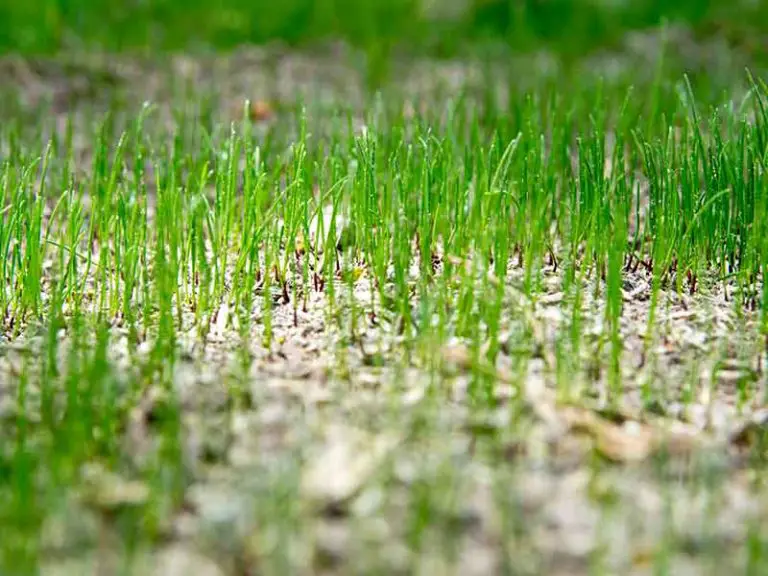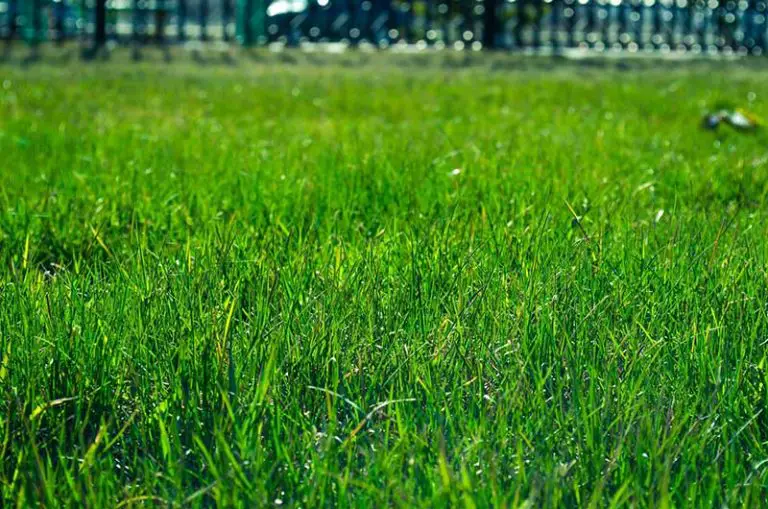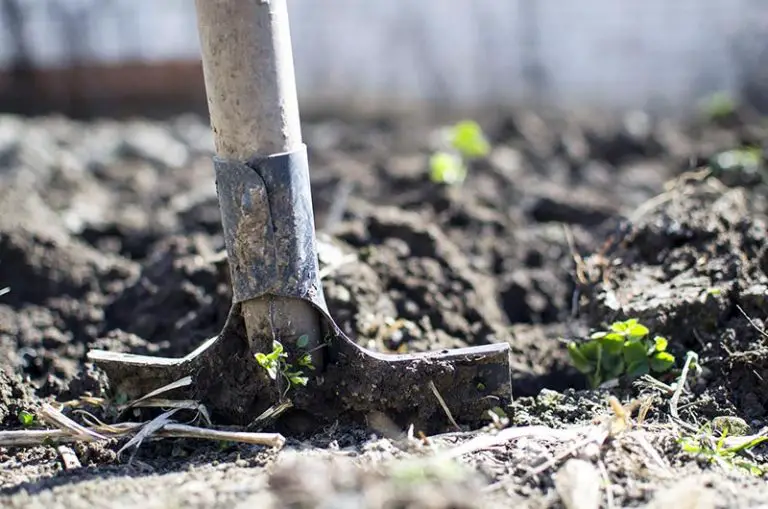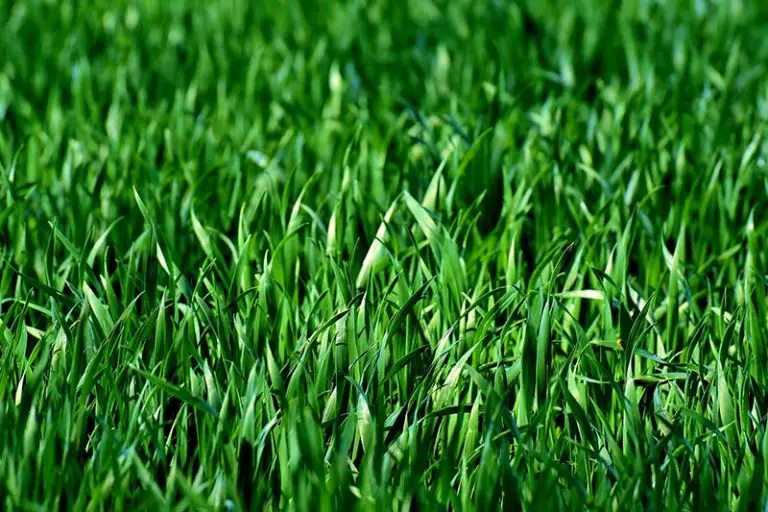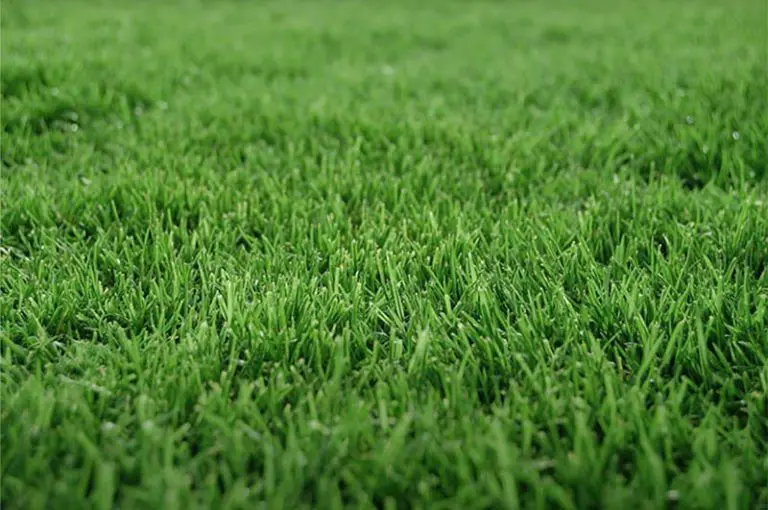Achieving Perfectly Edged Lawns: A Step-by-Step Guide
Achieving a beautiful, tidy lawn doesn’t end with your mowing efforts. You can take the appearance of your yard to the next level by edging your lawn; this is the process of giving your lawn a defined border around the edges of the grass. In addition to giving your yard a professional and clean appearance, lawn edging also prevents grass from spreading to unwanted areas.
You can edge a lawn by using a manual or powered edging tool to carve out a border around your lawn’s perimeter. After this, you can install hardscape edging to improve both the practical and aesthetic impact of your newly edged lawn. If you don’t install hardscape edging, you’ll need to keep up with some maintenance activities to keep the edges of the lawn looking neat.
What Does it Mean to Edge a Lawn?
Lawn edging is the process of carving out the edges of your lawn to create an outline or border around your grass. You can edge a lawn by simply digging out a defined border with a suitable tool for edging; optionally, to further reinforce the border, you can then install hardscape edging like pavers or stones.
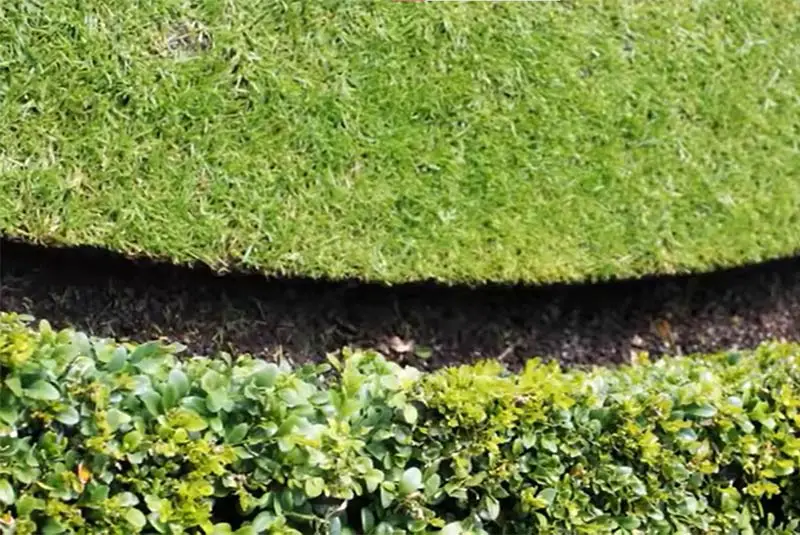
Why Edge a Lawn?
The results after edging your lawn serve multiple purposes. Firstly, an edged lawn looks better aesthetically, thus increasing property value. Secondly, lawn edging is a practical choice as it helps to keep grass from spreading to unwanted parts of your landscape.
- Lawn Edging Gives Your Lawn a Clean and Professional Appearance – Lawn edging will significantly improve the overall appearance of your yard, giving it a clean and professional look. Tufts of grass that stick up around your garden beds and pavements can make your yard appear unkempt and sloppy; edging grass is an easy way to make your whole yard look as if it’s had professional care.
- Lawn Edging Protects Nearby Landscaping From Unwanted Grass Growth – Installing lawn edging is one of the most effective ways to keep grass out of flower beds and other nearby landscaping features. Many grass types, particularly Bermuda grass, have aggressive growth habits and voracious abilities to spread. By edging your lawn, you can block grass roots from spreading into unwanted areas of your yard.
- Lawn Edging Increases Curb Appeal and Property Value– An edged lawn increases your home’s curb appeal as it improves the overall look of your yard so drastically. Edging grass is a simple way to increase property value with minimal investment of both your time and money.
What’s the Best Tool to Edge Grass?
There are several different tools you can use to edge a lawn, including both manual and powered equipment.
Handled Manual Edger
A handheld manual edger is the best tool to edge grass for those working on smaller lawns. There are two variations of handled manual edging tools for grass available.
The first option is a piece of equipment that looks similar to a shovel, having a long handle; at the end of the handle is a flat blade with a curved edge for cutting the lawn. The alternative option is a pair of shears you can use to clip the edges of the lawn by hand.
Wheeled Manual Edger
Another option to edge grass manually is to use a wheeled lawn edger. Their mode of operation makes wheeled manual edgers a relatively labor-intensive tool for edging grass; therefore, these edging tools are only suitable for use on smaller lawns.
These tools have wheels and a cutting blade at the end of a long handle. To use a wheeled lawn edger, you first place the wheel of the equipment on the edge of your lawn. You must then move the edging tool back and forth to cause its cutting blade to turn.
Handheld Powered Edger
The most common type of non-manual edger is a handheld powered edger. Handheld powered edgers are the best tool to edge grass in a moderately-sized to large lawn.
These edging tools are similar to regular trimmers; they have a power head and straight or curved handle at one end, and a cutting blade at the other. These edgers also have a guide wheel that helps to maintain the alignment of your equipment as you operate it.
Walk-Behind Powered Edger
The second type of powered lawn edger is a walk-behind edger. Although these lawn edgers are hefty and harder to maneuver, they’re the best tool to edge grass in large lawns.
These grass-edging tools look like lawn mowers, only they have three wheels as opposed to four. The benefit of walk-behind models is that you can push your edger rather than having to carry it around.
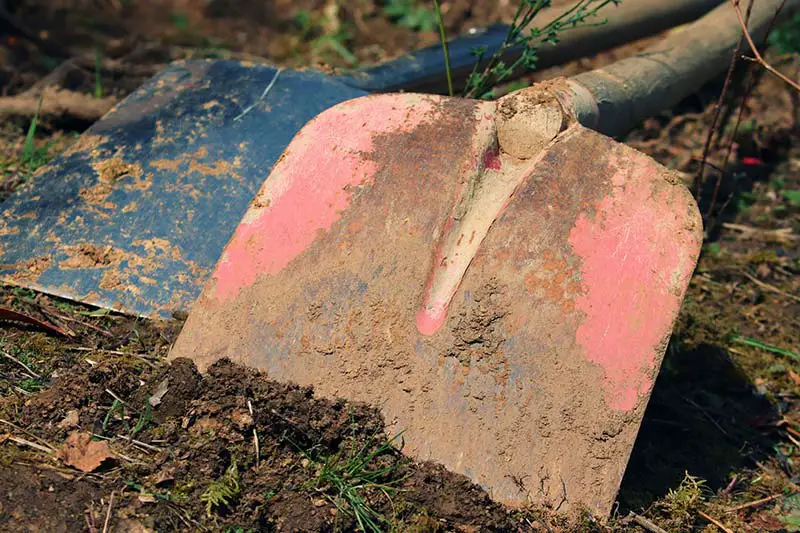
How to Edge a Lawn
1. Choose and Acquire Edging Tool
Following the guidance in the previous section, determine which lawn edger would be suitable for the specifics of your job.
To reiterate, for smaller lawns, the best tool to edge grass would be a manual lawn edger; for medium lawns, the best tool for edging would be a handheld powered edger; and for very large lawns, a walk-behind powered edger would be the best edging tool. You can either purchase your chosen edger or rent the equipment from your local hardware or garden store.
2. Mow Lawn
Before edging, the very first step you should take is to mow the entire lawn. Doing so will enable you to better judge what height to mow the grass in the edged borders.
As an additional tip, remember to follow the ⅓ rule when deciding on your cutting height; this rule dictates that you should avoid removing more than ⅓ of the grass’ height in one go. Removing too much of the blade is known as scalping the lawn which may leave your lawn with weakened grass and brown spots or dead patches.
3. Mark Out Path For Edging
Another step toward preparing for the edging process is to mark out the path you’ll take when edging your lawn.
This step may not be necessary if you’re edging along a sidewalk; however, in all other circumstances, you should mark out the path for your edged lawn. Attempting to edge a lawn by eye is difficult and will likely produce unsatisfactory and uneven results.
It’s best to delineate your planned path for edging using a hose, some tape, or a length of rope or timber. Also, make sure to mark the location of any buried hazards like irrigation lines, plumbing pipes, and electrical wires.
4. Put on Protective Clothing
As the final step in preparation to edge your grass, put on full protective gear.
Put on a sturdy pair of gardening gloves and a pair of safety goggles, as well as long pants and a long-sleeved shirt. This is to protect yourself from any debris, grass, or pollen that kicks up during the edging process.
5. Edge Lawn with Edging Tool
Now you have prepared yourself and your lawn, you can begin edging the grass with your chosen edging tool. Whether you’re using a manual or powered tool, you want to cut about 2 inches deep into the turf. Keep an eye out for any markers you’ve placed indicating where there are underground hazards.
How to Edge Lawn with a Manual Edger: Taking your manual edger, push it into the turf with your feet using a gentle but firm motion. Rotate the edger’s blade from left to right or vice versa to cut into the turf, working this way around the whole lawn. To keep a straight line, it may help to overlap your previous cut marks with each incision you make.
How to Edge Lawn with a Powered Edger: Assume a stance that will enable you to control the path of your edger during operation. You’ll be able to gain better control of the equipment by focusing on engaging your core and maintaining a good posture. If you’ve never used a powered edging tool before, make your first practice pass on the least important edge of your lawn. Take your time working around your yard to achieve an even, clean border.
As you use your chosen edging tool, remove the turf periodically as you make the cuts. Pause every so often to take a step back and look at your work; if you notice any wobbles or uneven areas, correct the mistakes with your edger.
6. Clean Up Debris After Edging
To finalize your lawn edging job, clean up the debris leftover around your yard.
You have two options when it comes to the leftover grass clippings. Your first option is to collect the grass clippings for compost or disposal by sweeping them up with a broom; alternatively, you could use a leaf blower to disperse them on the lawn where they will act as grass clipping mulch. Avoid leaving the clippings in clumps around your yard as they can increase the risk of weeds, pests, disease, and dead spots.
What to Do After Edging Your Lawn
Maintain Lawn Edging
After edging your lawn, you’ll need to keep up with regular maintenance to sustain the edging’s clean appearance.
To maintain the appearance of your newly edged grass, trim the edges of the lawn regularly. You may need to do this more frequently during the periods of most active growth for your grass type. In addition to trimming the grass, treat the edges with a grass-safe weed killer to curb lawn weed infestations.
Install Hardscape Edging
If you want to further improve its clean, professional appearance, consider installing hardscape edging around your newly edged lawn. For instance, you could use pavers to create a hard boundary between different elements of your landscaping like garden beds and sidewalks.
Edging pavers are available in a wide variety of colors, shapes, and sizes to suit the aesthetics of your property. You can either place the pavers atop a paver base or dig a trench so the pavers sit flush to the ground. The latter method of installation makes it easier to mow once the pavers have been installed.
Plant Hedges or Shrubs in Edging
Another option to create a hard border in your newly edged lawn is to plant hedges or shrubs.
After planting your hedges, keep up with regular maintenance to reduce the labor involved in pruning the foliage. Use hand shears or hedge trimmers to prune excess foliage; when pruning, work in smaller sections to keep the shapes of the hedges even.


